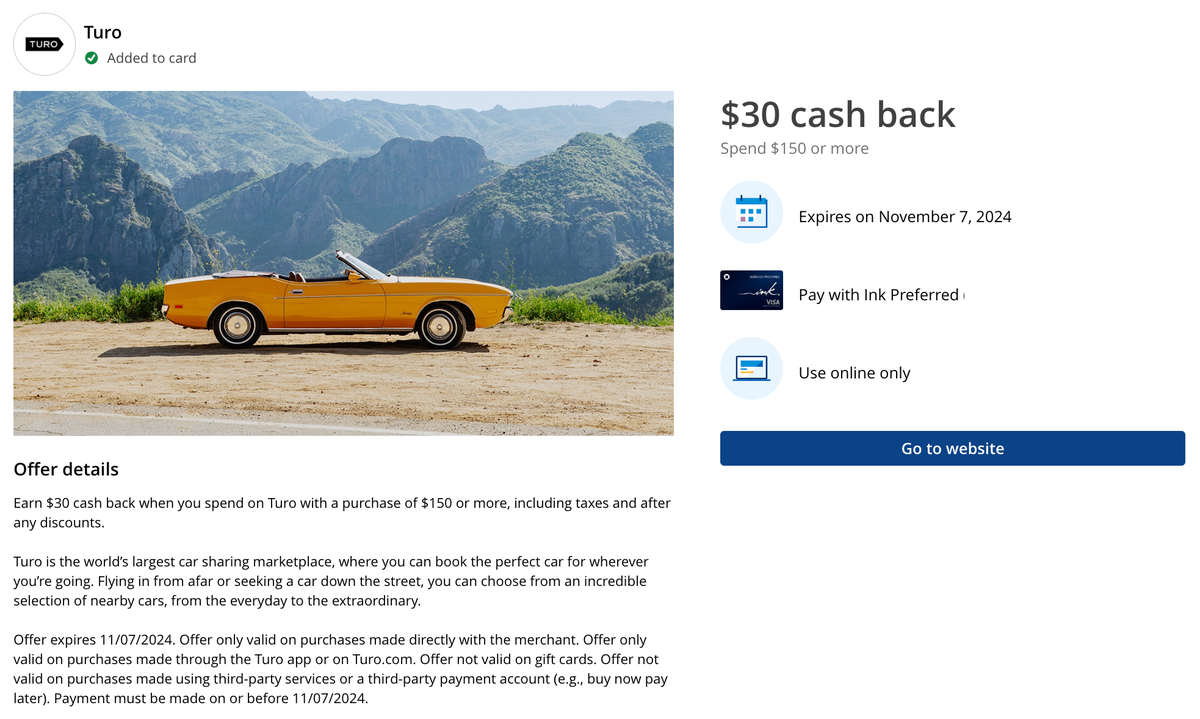Ryan Smith
Senior Editor & Content Contributor
162 Published Articles 82 Edited Articles
Countries Visited: 197U.S. States Visited: 50
Ryan completed his goal of visiting every country in the world in December of 2023 and now plans to let his wife choose their destinations. Over the years, he’s written about award travel for publicat...
Edited by: Stella Shon
Stella Shon
News Managing Editor
114 Published Articles 773 Edited Articles
Countries Visited: 25U.S. States Visited: 22
With a degree in media and journalism, Stella has been in the points and miles game for more than 6 years. She most recently worked as a Corporate Communications Analyst for JetBlue. Find her work in ...
![Spend $150, Get $30 Back at Turo With New Chase Offer [Targeted]](https://upgradedpoints.com/wp-content/uploads/2022/05/Turo-Tesla-Model-3-Boston-home-charge.jpeg?auto=webp&disable=upscale&width=1200)

